These Weird Science Tales From 2018 Will Absolutely Amaze You
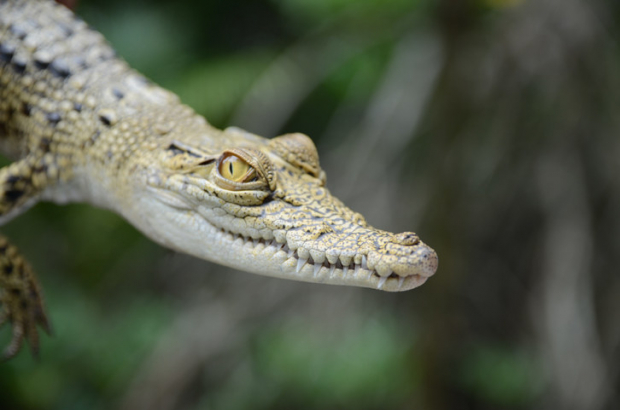
Scientists played classical music for crocodiles
A team of international scientists scanned Nile crocodiles in MRI scanners while playing classical music to observe how their brains deal with complicated sensory information. The researchers chose Bach to make crocodiles listen while also showing them sophisticated visual cues. The study found out that the brains of crocodiles, which evolved over 200 million years ago, displayed distinct brain activation after being exposed to sophisticated noises such as classical music versus when they were exposed to simple sounds. The results of the study showed that this sophisticated sensory processing was rooted back far earlier than scientists previously thought.
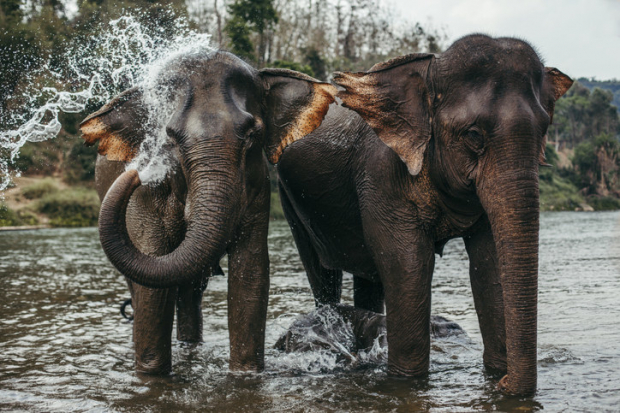
Turns out Asian elephants can actually count, and they are very good at it!
Research published in the Journal of Ethology in October stated that Asian Elephants display mathematical ability that is much more similar to humans compared to other animal species. The scientists taught a 14-year-old Asian elephant to use a computer-controlled touch screen, which the elephant used its trunk to express numerical judgments. The elephant managed to give the right answer 181 out of 271 times (66.8 percent of the time), showing that it possesses cognitive powers equivalent to human counting.
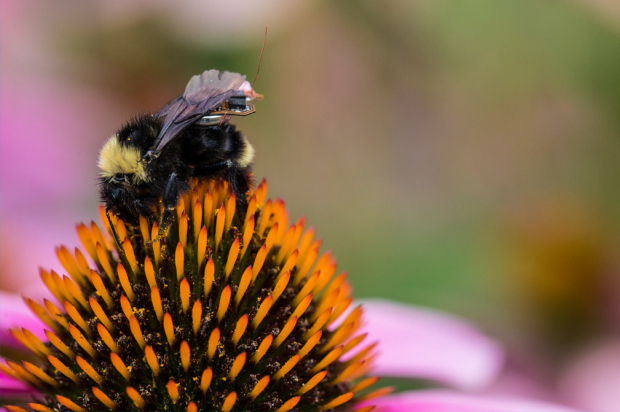
Scientists have managed to come up with a sensory system tiny enough to ride on bumblebees
Researchers at the University of Washington have come up with a sensor device that rides on the backs of bees to observe temperature, humidity, and crop health. Farmers may use drones to do this, however, drones take a lot of electricity to fly over large fields, so they need to be recharged pretty often. This bumblebee sensory system has position tracking, wireless communication, and a seven-hour battery that recharges when the bees are sleeping in their hives. Scientists managed to find an animal that was last seen 30 years ago. The Mexican government revealed the San Quintin kangaroo rat, a small, spunky burrow-dwelling animal from northern Mexico, extinct in 1994. But, four of the kangaroo rats were found by researchers during a routine survey in 2017 and what they found was published in May of 2018. The researchers stated that the kangaroo rat’s comeback is an uplifting indicator that natural ecosystems in the Baja California region are recovering after an agricultural crisis significantly altered the environment.
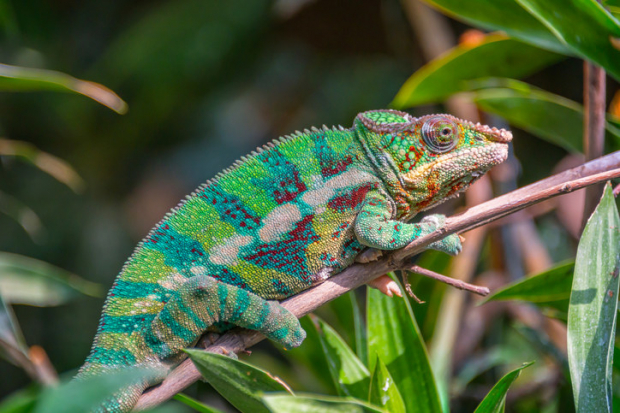
Researchers managed to find three new chameleon species.
On an expedition trip conducted by a German zoological organization, three new species of rainbow chameleons were discovered on Madagascar’s east coast. The scientists that found them stated that these three species are expected to have small populations with a limited range. One of the chameleon species was discovered in a 37-acre area of isolated jungle.
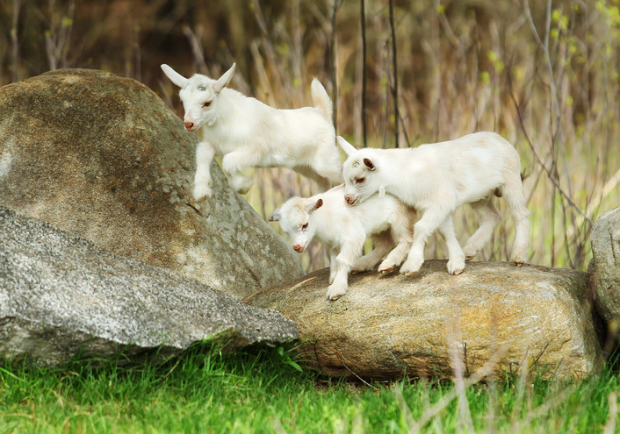
Turns out goats realize it when people smile and they like seeing it too!
Scientists studied goat intelligence in noticing social cues in a research published by the Royal Society. The scientists noticed preference when they showed 35 goats some pictures of either an angry or a happy human expression. The goats chose to spend time near the pictures of happy human faces, showing for that first time that domesticated farm animals that haven’t been raised to engage with humans, in particular, can notice facial communication signs in people. Pterosaurs were most probably feathered creatures. Nanjing University in China conducted a study that microscopically studied fossils of pterosaurs, the flying reptiles that lived in the same era as dinosaurs, and found out that they were covered in small feathers. This unusual discovery pushed back the origin of feathers around 70 million years. The feathers of pterosaurs were very short and they weren’t designed to help them fly like feathers on contemporary birds. The result of this study led scientists to believe that pterosaurs were feathered rather than scaled in appearance.
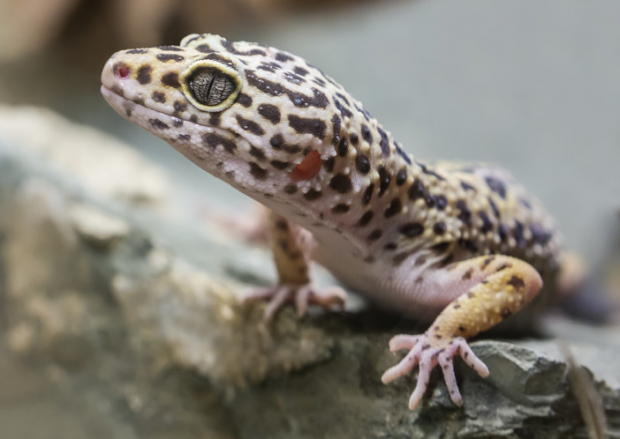
Lizards also have dreams just like humans do!
The Neuroscience Research Center of Lyon undertook a sleep study on lizards and found out that they had different stages of sleep similar to humans. The scientists were looking at how lizards sleep to find out how sleep stages evolved in humans. The study managed to show that lizards go through phases that are comparable to human rapid-eye-movement (REM) and slow-wave sleep states. The results indicated that lizards may have dreams in the same way humans do.

